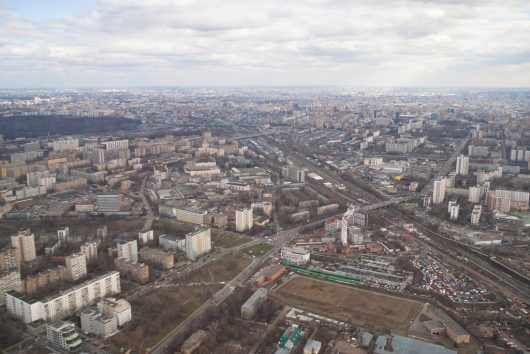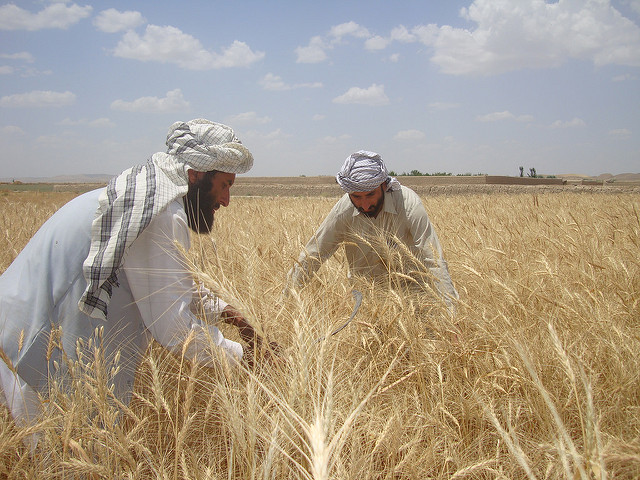 With rural poverty accounting for 84 percent of overall poverty nationwide, Afghanistan is one of the poorest countries in the world. In rural areas, there is not a lot of access to credit. With 77 percent of Afghans residing in these rural areas, this proves to be problematic. Improvements are being made to ensure citizens in these rural areas have better credit access in Afghanistan.
With rural poverty accounting for 84 percent of overall poverty nationwide, Afghanistan is one of the poorest countries in the world. In rural areas, there is not a lot of access to credit. With 77 percent of Afghans residing in these rural areas, this proves to be problematic. Improvements are being made to ensure citizens in these rural areas have better credit access in Afghanistan.
Islamic Investment and Finance Co-operatives (IIFC)
The IIFC is a group of credit unions that aims to help people in rural areas gain better access to capital. Currently, there are 34 IIFCs in Afghanistan. The group provides loans, thus creating thousands of jobs for Afghans. According to Mahir Momand, founder of the IIFC Group, these loans have created 175,012 jobs, assisting more than 700,000 Afghans.
IIFCs also provide job opportunities in areas where it is difficult for the government to create employment. Momand explains that these credit unions not only help decrease poverty but also give Afghans knowledge on democratic principles. IIFCs enable local people to understand how they can have a say in their economic affairs.
Additionally, IIFCs want to tackle other issues with their programs, such as women’s inequality and youth unemployment. IIFCs have empowered women by making 13 percent of their members include women from Afghanistan. They believe it is important to giving women the opportunity to get involved in economic activities.
In addition to providing loans to youth, the IIFC hired 12 class graduates. This internship initiative improves unemployment among youth.
USAID Agricultural Credit Enhancement Phase-II Project (ACE-II)
Another development has been made to increase credit access in Afghanistan through the help of USAID. This project is specifically for female farmers and women operating agriculture-related businesses in Afghanistan. The project seeks to expand agriculture-related credit to improve agriculture business for women and the agricultural economy.
Unfortunately, many women do not understand the benefits of using credit to expand their business. Therefore, the United States Agency for International Development (USAID) has created the Agricultural Credit Enhancement Phase-II project to create women’s awareness about agricultural credit that could help their businesses.
In November 2017, USAID assembled three events called Women’s Agriculture Credit Shuras in Herat to gather women and raise awareness for the cause. They were one-day events, and they had microfinance institutions from Afghanistan participate along with financial experts to share their economic knowledge with women who came.
The event also provided practical training for women on how to apply for credits and how to properly manage them. Additionally, the event made women aware of their economic rights and the types of credits available to them.
This project aims to increase the growth of Afghanistan’s agricultural sector. Allowing women the opportunity to learn more about credit access in Afghanistan will ensure continued growth for the agricultural sector as well as allow women to increase their business prospects and better their lives in the process.
– McCall Robison
Photo: Flickr

 In any country, access to loans and lines of credit is a sign of a strong, healthy economy and an indicator of future growth. Stronger growth helps lift more people from poverty as opportunities for employment rise, so close attention to credit access is crucial to monitoring the fight against poverty.
In any country, access to loans and lines of credit is a sign of a strong, healthy economy and an indicator of future growth. Stronger growth helps lift more people from poverty as opportunities for employment rise, so close attention to credit access is crucial to monitoring the fight against poverty.
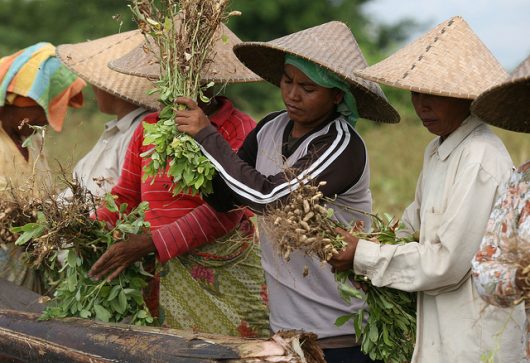 All the foreign aid in the world could be useless if not implemented well. The Borgen Project seeks to help third-world countries join a global market and become self-sufficient. Among the many ways for developing governments to reach this goal, there is a common debate over whether it is better to have foreign aid creating jobs for the unemployed, or to simply give would-be entrepreneurs cash directly. In the debate of job programs versus payouts, each tactic has its own valuable strengths.
All the foreign aid in the world could be useless if not implemented well. The Borgen Project seeks to help third-world countries join a global market and become self-sufficient. Among the many ways for developing governments to reach this goal, there is a common debate over whether it is better to have foreign aid creating jobs for the unemployed, or to simply give would-be entrepreneurs cash directly. In the debate of job programs versus payouts, each tactic has its own valuable strengths.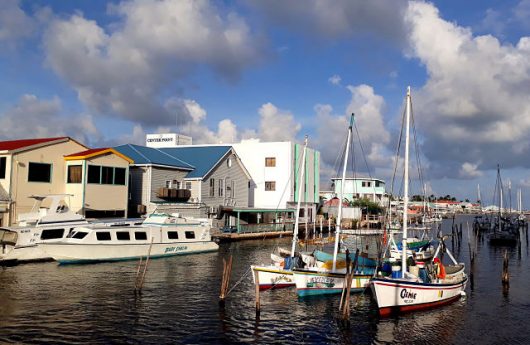 Despite having the third highest per capita income in Central America, credit access in
Despite having the third highest per capita income in Central America, credit access in 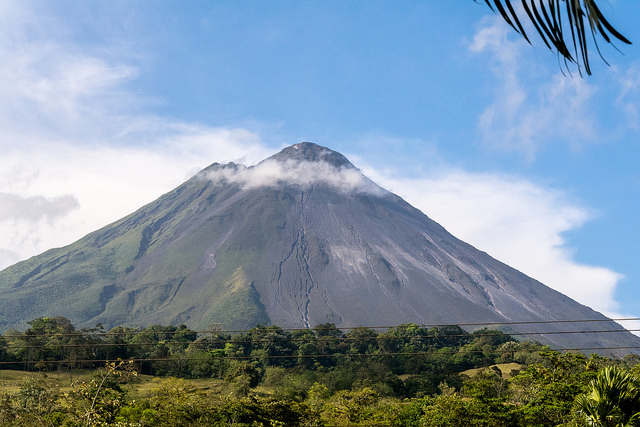 According to the World Bank’s
According to the World Bank’s 
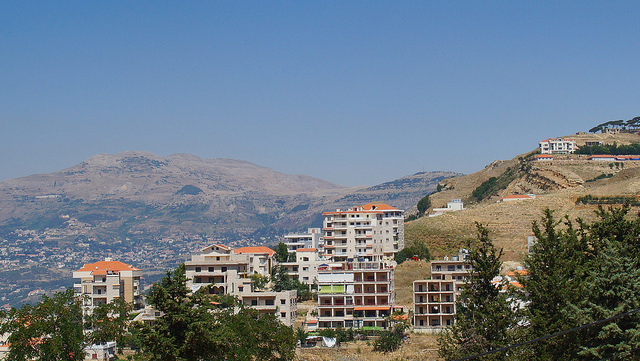 The country of Lebanon sits on the coast of the Mediterranean Sea and is bordered by Israel to the south, Syria to the west and Turkey to the north. Lebanon’s
The country of Lebanon sits on the coast of the Mediterranean Sea and is bordered by Israel to the south, Syria to the west and Turkey to the north. Lebanon’s 